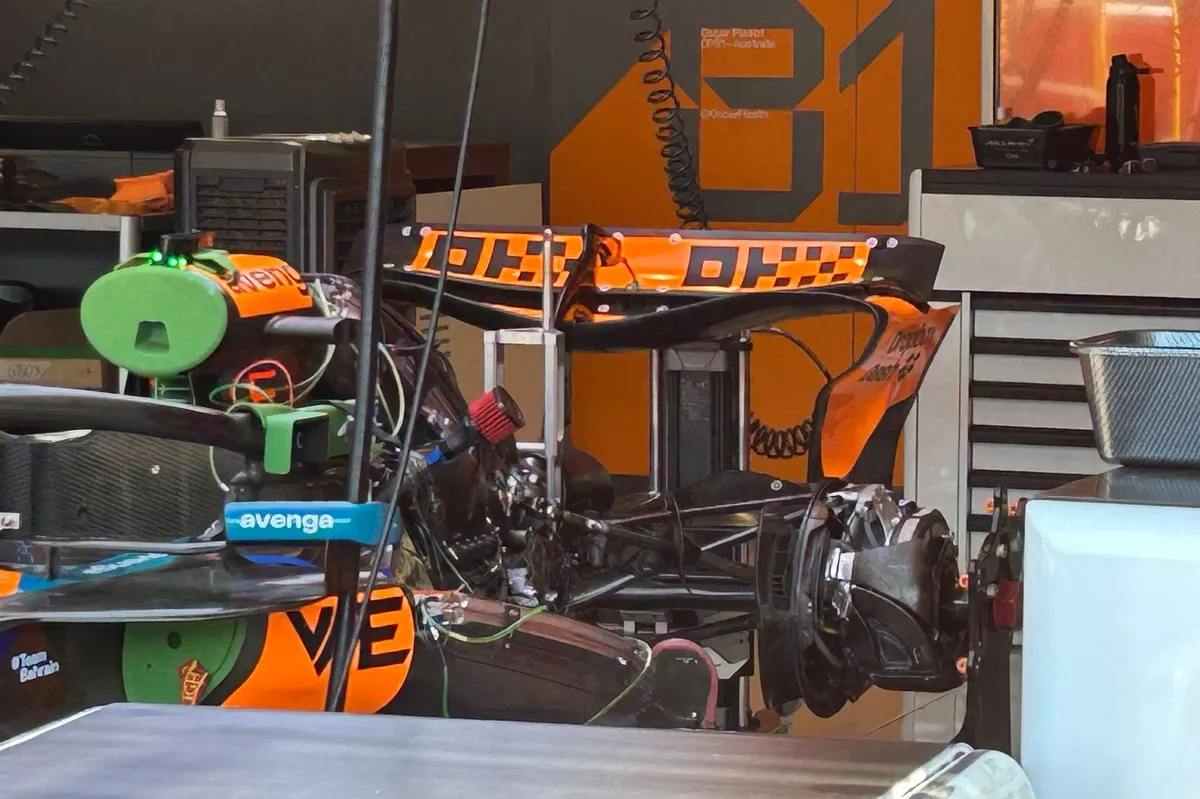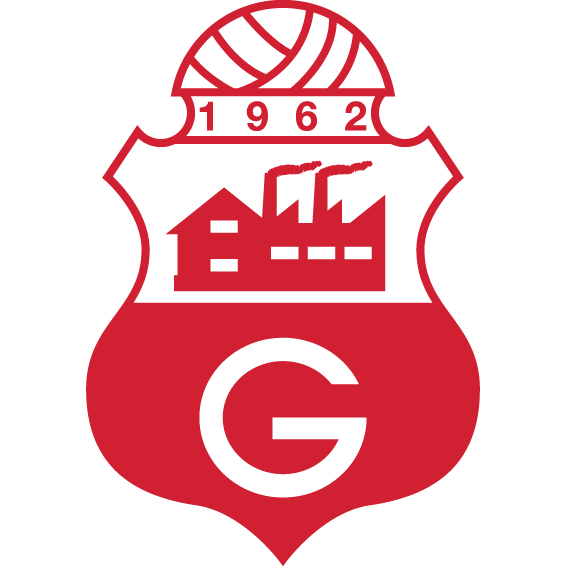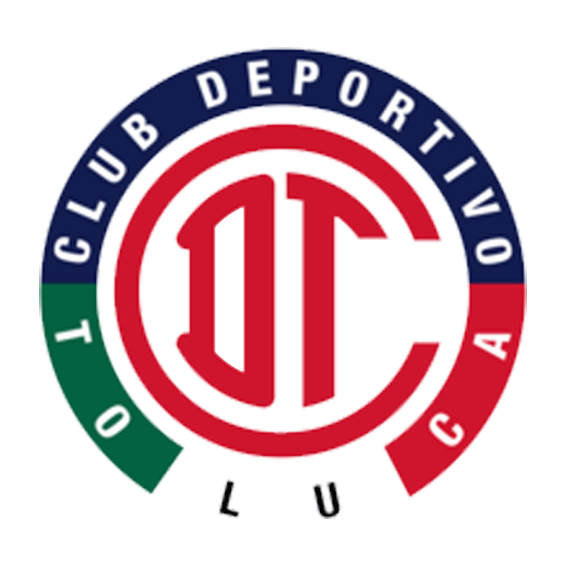
McLaren’s Imola Upgrade Is Bigger Than It Looks
A Deeper Look Into MCL39’s Understated Yet Impactful Evolution
If there’s one thing the 2025 Formula 1 season has reminded us, it’s that performance gains aren’t always loud or flashy. Sometimes, the most significant improvements are the ones that don’t immediately catch the eye—but rather, reshape a car’s behavior from within. That seems to be the case with McLaren’s latest upgrade package, introduced at the historic Imola Grand Prix—the first European race of the season.
Heading into the weekend at the Autodromo Enzo e Dino Ferrari, expectations were cautiously optimistic for the Woking-based outfit. But behind the scenes, McLaren had been hard at work refining the MCL39 with a set of technical changes that, while subtle in appearance, could hold major implications for the team’s trajectory this season.
Aimed at One-Lap Brilliance
McLaren’s recent developments are laser-focused on improving single-lap performance—a critical factor at tight, old-school circuits like Imola where overtaking is notoriously difficult. When you can’t pass easily on track, qualifying position becomes everything. And that’s exactly where McLaren wanted to make gains.
The changes center primarily around the rear end of the car and the suspension architecture. Engineers have targeted corner exit traction—an area where milliseconds add up fast over the course of a lap. In pursuit of that, McLaren has reworked key elements in the rear suspension setup and made specific aerodynamic adjustments to complement the mechanical upgrades.
Rear-End Revolution: Small Changes, Big Payoff
The most striking change comes in the form of a newly designed rear wing, which has adopted what some in the paddock have dubbed a “spoon-style” layout. This higher-downforce profile is paired with a re-engineered beam wing below it—working in tandem to improve rear stability and grip, especially in medium-speed corners where Imola demands precise throttle control on exit.
The spoon-shaped concept, already used with varying degrees of success by rivals like Aston Martin and Red Bull, is designed to provide consistent aerodynamic load across a wider range of yaw angles. In simple terms: the car feels more planted in more situations, allowing drivers to trust it when they need to push to the limit.
Behind the Covers: Suspension Refinement
Aerodynamics, though, tell only half the story. Beneath the bodywork, McLaren’s engineers have been equally busy refining the suspension geometry and outer fairings around the rear wishbones. These changes aren’t just for show—far from it. The new setup is intended to manage airflow more efficiently around the rear wheels and diffuser, ultimately helping the rear tires maintain optimal grip and temperature throughout a stint.
One of the less-talked-about aspects of this update is how it helps McLaren manage tire behavior—a consistent advantage the team has had in 2025. While some rivals still struggle to bring the current-spec Pirelli compounds into their ideal operating windows, McLaren has made it look easy. This update, in part, builds on that strength. By fine-tuning how the rear suspension interacts with aerodynamic surfaces, the team is improving how heat is generated and distributed in the tires during key phases of a lap.
Front Suspension: Subtle Yet Critical
At the other end of the car, McLaren has made structural changes to the front suspension as well. While less visually dramatic, these updates are arguably just as important. According to sources within the team, the front-end tweaks aim to increase durability and reduce the risk of mechanical failures—something that cost the team valuable points in earlier rounds.
The updated front suspension elements feature a clearer separation between components, allowing for better load distribution and reduced stress on connection points. This means fewer failures under high G-loads and better consistency across full race distances. In a sport where reliability is often just as important as outright speed, this is a key step forward.
The Imola Context: Why Now?

Mclaren technical details
The choice to debut this package at Imola was no accident. This is a circuit steeped in history—and also one that offers very few chances to pass unless your car is significantly faster. That makes qualifying performance disproportionately important, and that’s where McLaren hopes these changes will pay the biggest dividends.
Andrea Stella, the team principal, has long emphasized the importance of circuit-specific upgrades, and Imola’s unique layout provided the perfect laboratory for these refinements. With its combination of fast chicanes, cambered curves, and narrow track width, it presents a challenge unlike any other on the calendar.
Stella and his technical team reportedly conducted extensive wind tunnel and CFD testing before green-lighting the new package. Once initial simulations looked promising, physical parts were produced and validated through rig testing back in Woking before being flown to Italy.
Early Signs Are Encouraging
Though the weekend has only just begun, early data suggests the upgrade is delivering on expectations. Drivers have reported improved rear-end stability under braking and better traction exiting slow-speed corners—both key performance differentiators at a track like Imola.
It’s also worth noting that McLaren’s tire management remains one of its quiet strengths. With this new setup, the MCL39 appears to be even more adept at bringing the tires up to temperature during out-laps—particularly helpful during qualifying when timing and tire prep can make or break a flying lap.
Long-Term Implications
While it’s too early to declare McLaren as front-runners, the intent behind this upgrade is clear: to close the qualifying gap to the likes of Red Bull, Ferrari, and Mercedes. The team has already shown it can mix it up in races when strategy and racecraft come into play. Now, with a more competitive car over one lap, podiums—and maybe more—could be on the table.
Moreover, the lessons learned from this upgrade cycle will undoubtedly feed into the development of the 2026 car. With sweeping regulation changes on the horizon, every data point gathered now helps inform the next generation of F1 machinery.
Conclusion: A Quiet Leap Forward
In an age of relentless marginal gains, McLaren’s Imola upgrade package stands out—not because it overhauls the car dramatically, but because of how cleverly it builds on what was already working. By focusing on balance, grip, and consistency, the team has taken a significant step toward unlocking the MCL39’s full potential.
As the European season unfolds and the development race heats up, this could very well be the moment we look back on as the turning point. It may not have come with fireworks, but McLaren’s evolution in Imola is bigger than it looks—and that might just be the smartest kind of upgrade there is.






































There are no comments yet. Be the first to comment!